Last Updated on February 13, 2022
With the balloon skirt, and the tunic, chemise and baby-doll dresses, fashion designer Cristobal Balenciaga reinvented the 20th century female silhouette. Balenciaga was a man ahead of his time, and he’s the inspiration for Reynolds Woodcock, the lead character in the 1950s-set new period drama “Phantom Thread.”
The Cristóbal Balenciaga Museum remembers him as “Perfectionist, extraordinarily technical, creative, innovative… He was a genius that revolutionized the concept of dressing… Wherever he went, Cristobal Balenciaga sparked passions.”
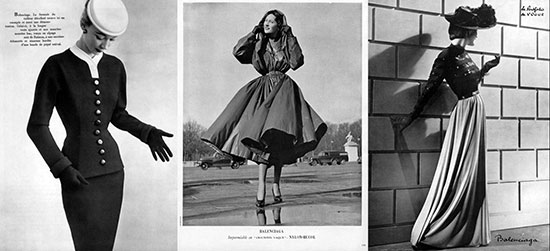
To help keep this site running: Willow and Thatch may receive a commission when you click on any of the links on our site and make a purchase after doing so.
Below, Nancy Bilyeau looks at how “Phantom Thread” opens the door to understanding a very private, and extraordinarily gifted, man.
“One fainted. It was possible to blow up and die.”
Those were the words of legendary fashion editor Diana Vreeland about seeing the new work of a certain designer at his Paris house. There was one fashion show in particular, held in the early 1960s, when Vogue Editor in Chief Vreeland recalled, “Audrey Hepburn turned to me and asked why I wasn’t frothing at the mouth at what I was seeing. I told her I was trying to act calm and detached because, after all, I was a member of the press. Across the way Gloria Guinness was sliding out of her chair on to the floor. Everyone was going up in flame and thunder.”
The collection they were seeing was one by Cristóbal Balenciaga.
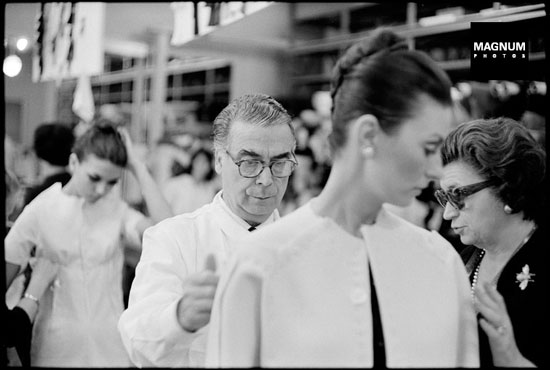
What may seem bizarre to us now, in the age when fashion designers employ battalions of publicists and Instagram launches style Influencers who expose to the world their hour-by-hour clothing choices, is that there was no question of Balenciaga appearing before the public at the end of that particular 1960s show, one displaying his “masterpieces of sculptural purity,” as they were described, or of giving even a single interview. There could only be perhaps a glimpse of the man that Christian Dior called “a master for all of us”: From the doorway to the ateliers, Balenciaga often peeked through a hole in the curtain.
Bettina Ballard, a fashion editor, described Cristóbal Balenciaga after meeting him in the 1930s: “A gentle-voiced Spaniard with fine pale skin the texture and color of eggshells and dark hair that lay thick and glistening in wavy layers on his well-shaped head. His voice was like feathers.”
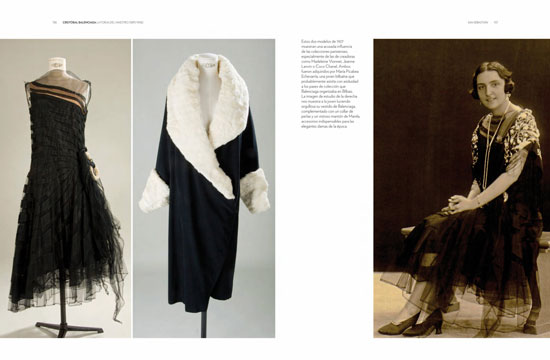
By the 1950s and 1960s, Balenciaga’s clients were film stars, royalty, the wealthiest and best dressed women of the world: Greta Garbo, Ava Gardner, Ingrid Bergman, Marlene Dietrich, the Duchess of Windsor, Jackie Kennedy and her sister, Princess Lee Radziwill, Queen Fabiola of Belgium, Helena Rubenstein, Mrs. William Randolph Hearst, and Mona Harrison-Williams, countess of Bismarck. Heiress Barbara Hutton once ordered 19 dresses, six suits, three coats, and a negligee from one collection, completely indifferent to the cost, which was staggeringly expensive.
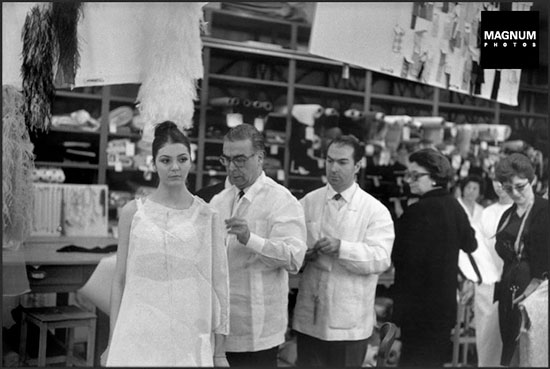
When Balenciaga died in 1972, Women’s Wear Daily proclaimed in a headline: “The King Is Dead.” And yet, perhaps due to his fanatical need for privacy and shunning of the press, Cristobal Balenciaga is today not as well known to most fashion-keen people as figures like Coco Chanel. But his artistry and what it required of him to produce clothing at the highest level is paid tribute to in the film Phantom Thread, directed by Paul Thomas Anderson and starring Daniel Day Lewis as “Reynolds Woodcock,” presiding over the London couture world of the 1950s, his life managed by his sister Cyril (Leslie Manville), when he falls in love with a strong-willed waitress named Alma, played by Vicky Krieps.
The film was chosen by the National Board of Review as one of 2017’s top ten films and is a strong contender for Academy Awards. It has been nominated for Best Picture, Best Director (Anderson), Best Actor (Day-Lewis), Best Supporting Actress (Manville), Best Costume Design (Mark Bridges), and Best Original Score (Jonny Greenwood).
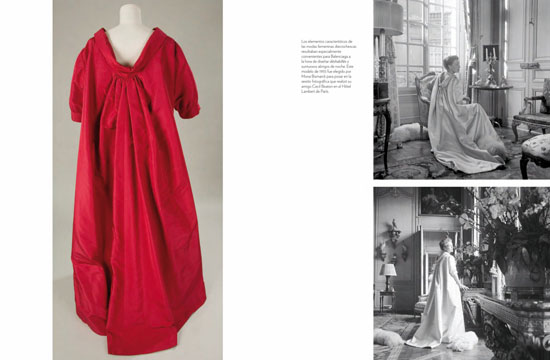
Paul Thomas Anderson, speaking of his inspiration for the film in an interview with Entertainment Weekly, said, “I generally didn’t have that much knowledge or interest in the fashion world until I started finding out a little bit about a guy named Cristóbal Balenciaga. He led a very monastic life, completely consumed with his work—sometimes at the expense of other things in his life.” In shaping the unusual love story that the film revolves around, Anderson said he was influenced by Daphne du Maurier’s Rebecca: “I’m a large aficionado of those large Gothic romance movies as the old masters might do them.”
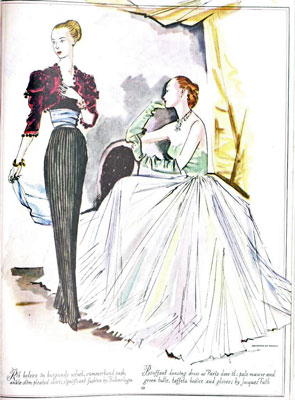
Reuniting with Day-Lewis, the star of There Will Be Blood, Anderson developed the script with the actor over a number of months. Producer JoAnne Sellar has said, “The beauty of Daniel was that he was born and grew up in England. Just for example, when you’re casting actors or actresses, hearing the right tone of accent, whether that person’s posh or working class–that is something that you just innately know as a person who grew up in England, where Paul wouldn’t know that necessarily. Even just the kind of place that Reynolds Woodcock would take Alma on her first date. So he was a huge asset, and his meticulousness, and the way that he gets so into character was a boon to this film. Once he’s really in character, there really isn’t much left to talk about, and he just gets on with being Reynolds.”
At the same time he worked on the script with Anderson, Day-Lewis studied fashion. He watched archival footage of fashion shows, studied famous designers, consulted with the curator of fashion and textiles at the Victoria and Albert Museum in London, and apprenticed under Marc Happel, head of the costume department at the New York City Ballet. Day-Lewis learned how to cut, drape, and sew—and even re-created a Balenciaga dress on his own, no easy feat. This was considered essential not as an actor’s Method trick but because of Belanciaga’s own background. Born a fishing town in the Basque province of Gipuzkoa, Belanciaga spent a great deal of time with his mother while she worked as a seamstress and he apprenticed as a tailor before opening his own boutique in San Sebastian in 1919, when he was 24. He used his own hands to design, cut, and sew the model’s clothes throughout his career, which most other designers did not do.
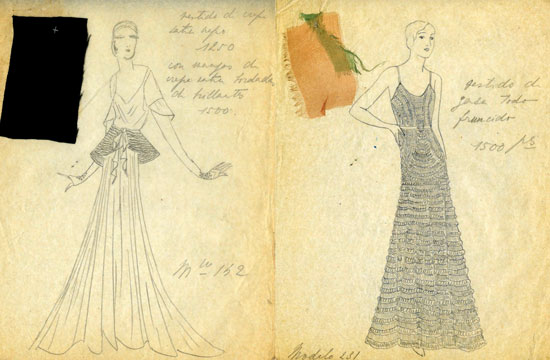
The finished film, when seen by fashion writers, editors, and archivists, seems to have passed their exacting authenticity tests. Alistair O’Neill, professor of fashion history and theory at Central Saint Martins, London, said in The Guardian, “Phantom Thread paints a largely authentic picture of London couture in the 50s. Day-Lewis handles a needle beautifully, his fingertips dry and splitting, punctured with pin-pricked blood spots.”
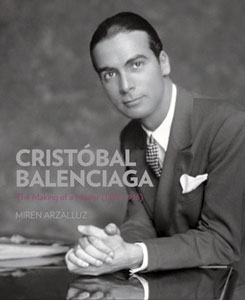 The London fashion cognoscenti was especially approving of the casting of the seamstresses who work tirelessly at Woodcock’s fashion house. Sue Clark and Joan Brown are real-life seamstresses of couture: Clark, 67, worked as a fashion teacher, while Brown, 71, learned her trade at Savile Town tailor Hardy Amies and fashion house Worth. They now volunteer at the V&A’s Clothworkers Centre archive.
The London fashion cognoscenti was especially approving of the casting of the seamstresses who work tirelessly at Woodcock’s fashion house. Sue Clark and Joan Brown are real-life seamstresses of couture: Clark, 67, worked as a fashion teacher, while Brown, 71, learned her trade at Savile Town tailor Hardy Amies and fashion house Worth. They now volunteer at the V&A’s Clothworkers Centre archive.
Speaking of Hardy Amies, the Phantom Thread set designers seem to have modeled the building in which Woodcock lives and works after Balenciaga’s house and also the Woodfair house of Amies, dressmaker of Queen Elizabeth II until his retirement in 1989. “Certainly the beautiful salon of his townhouse looked almost identical to the Amies’ Mayfair HQ I knew,” said Alexandra Shulman, ex-editor-in-chief, British Vogue, in the Guardian interview. “And the intensity, dedication and near silent skills of the white-coated ladies – the petit mains – as they stitch and fit was identical to the scene in any famous couture house, whether London, Rome or Paris.”
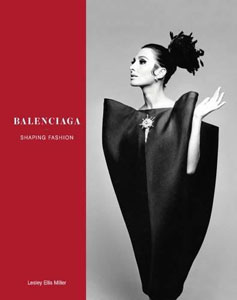 Although Balenciaga put into words so little of how he felt about his work, it is through Phantom Thread that audiences can exult in his artistry. For as Coco Chanel put it, Balenciaga alone was “a couturier in the truest sense of the word…the others are simply fashion designers.”
Although Balenciaga put into words so little of how he felt about his work, it is through Phantom Thread that audiences can exult in his artistry. For as Coco Chanel put it, Balenciaga alone was “a couturier in the truest sense of the word…the others are simply fashion designers.”
Phantom Thread (2017) is AVAILABLE to STREAM
About the author: Nancy Bilyeau is a magazine writer and novelist based in New York City. She is the author of a trilogy of historical thrillers set in the 16th century, The Crown, The Chalice, and The Tapestry. Her new historical novel, The Blue, a spy story set in the 18th century, will be published in autumn 2018. For more information, visit her website.
Should you find yourself in Basque Country, in the North of Spain, you’ll want to pay a visit to the Cristóbal Balenciaga Museum. Located in the coastal town of Getariao in the province of Gipuzkoa, the museum offers free, one-hour guided tours at weekends and on public holidays.
Thank you to Magnum Photos for the use of the photos. Photographer Henri Cartier-Bresson’s images provide a glimpse into candid moments with the fashion designer Cristobal Balenciaga and the fashion house he founded.
If you enjoyed this post, be sure to see The Period Films List, with the best historical and costume dramas sorted by era. Also see our review of “Phantom Thread” here.
